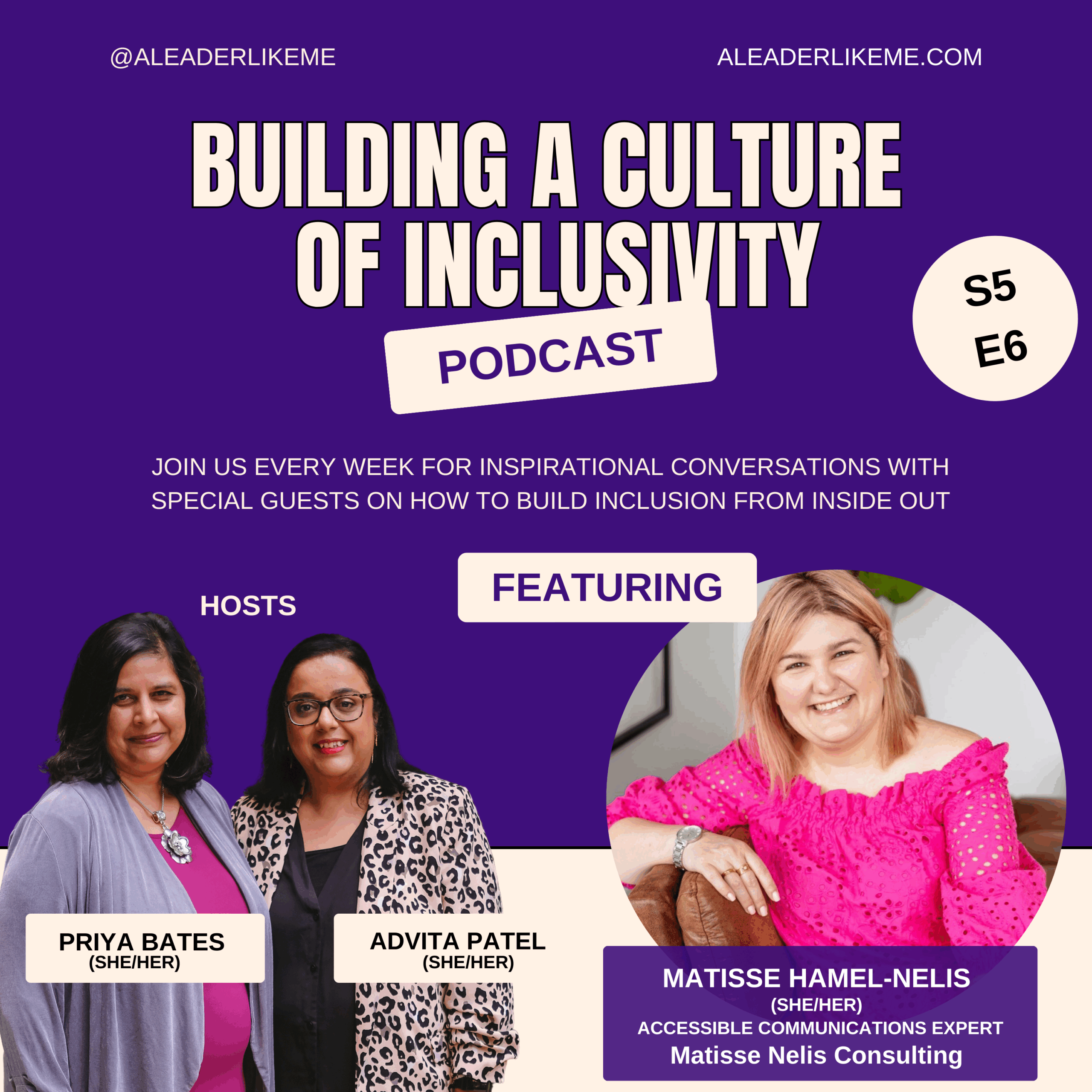Like many of you, I have been listening to public and political discourse globally with avid interest. Let’s dive into some of the key leadership trends shaping today’s corporate and political landscapes. These trends reflect shifting public and employee expectations, focusing on authenticity, hard work, and a departure from traditional, elitist pathways to power.
Here are seven trends that stand out:
1. From Entitlement to Earned Leadership
- Before: Leaders often came from privileged backgrounds, with their success attributed to family connections, elite schooling, and inherited wealth.
- Now: There’s a growing demand for leaders who have earned their positions through hard work and resilience. The rise of the “Nepo baby” backlash highlights a disdain for those perceived as having an unearned advantage. Voters and employees alike are looking for leaders who understand their struggles because they’ve lived them, not just observed from a distance.
2. From Private & Ivy to Publicly Funded and State
- Before: Ivy League and private school pedigrees were seen as the gold standard for leadership, signaling intelligence and capability.
- Now: There’s a shift toward valuing the grit and determination associated with public school and state college graduates. Leaders who have navigated the challenges of these institutions are often seen as more relatable and in touch with the average citizen or employee. The narrative is moving from exclusivity to inclusivity, where diverse educational backgrounds are respected and valued.
3. From Perfection to Authenticity
- Before: Leaders were expected to present a polished, almost perfect image, often hiding their flaws and struggles.
- Now: Authenticity has become a crucial leadership trait. People are more likely to trust leaders who are open about their mistakes and vulnerabilities. This shift is evident in both corporate boardrooms and political campaigns, where leaders who appear more “real” and less scripted gain more traction.
4. From Top-Down Leadership to Grassroots Connection
- Before: Leadership was often top-down, with a clear hierarchy and decisions made by those at the top, sometimes disconnected from the realities of the average worker or voter.
- Now: There’s a growing emphasis on grassroots leadership. Employees and voters want leaders who listen to them and involve them in decision-making processes. This trend is closely tied to the rise of social media, where leaders are expected to engage directly with their audience, creating a sense of accessibility and mutual respect.
5. From Hustle Culture to Work-Life Balance
- Before: Leaders were often expected to hustle and be almost entirely focused on their careers, sometimes at the expense of their personal lives. Success was frequently equated with long hours, constant availability, and a “work comes first” mentality.
- Now: There is a growing emphasis on leaders who prioritize family values and work-life balance. Both employees and the public are increasingly looking up to leaders who model a healthy balance between their professional and personal lives. Leaders who take parental leave, promote flexible work environments, and openly discuss the importance of family are seen as more relatable and grounded. This trend reflects a broader societal recognition that personal well-being is integral to professional success and that leaders should advocate for a balanced approach to life and work.
6. From Homogenous to Representative
- Before: Leadership roles were often dominated by a homogeneous group, typically reflecting a narrow demographic—whether in terms of race, gender, or socioeconomic background.
- Now: There’s a strong and growing demand for leaders who reflect the diversity of the communities they serve. The phrase “a leader like me” has gained traction as people seek leaders who not only understand but also represent their lived experiences. This trend is pushing organizations and political movements to prioritize diversity and inclusion at the highest levels. Employees and the public are more inspired and motivated by leaders who look like them, share their cultural backgrounds, and understand their unique challenges. It’s about seeing oneself in leadership and believing that opportunities are accessible to all, not just a select few.
7. From IQ (Intelligence Quotient) to CQ (Cultural Intelligence)
- Before: Leaders were valued for their strategic minds and business acumen, often with little regard for their ability to connect on a human level.
- Now: Cultural intelligence and empathy are critical leadership skills. Leaders who can navigate diverse cultural landscapes and demonstrate genuine concern for their employees’ and constituents’ well-being are more likely to succeed. This trend reflects a broader societal shift toward valuing emotional intelligence alongside traditional leadership competencies.
These trends underscore a broader shift towards valuing substance over style, hard work over privilege, and connection over distance. Whether in the corporate world or the political arena, leaders who embody these qualities are more likely to resonate with today’s employees and the general public.
Have you noticed the same trends? Would you add any others?
Join Advita Patel and Priya Bates, ABC, MC, SCMP, IABC Fellow at CommConnect24 as a we have a fireside chat about Leadership. You can register here.
If you are interested in having your leadership assessed and trained on Cultural Intelligence, we can help!
Curated by Priya Bates




